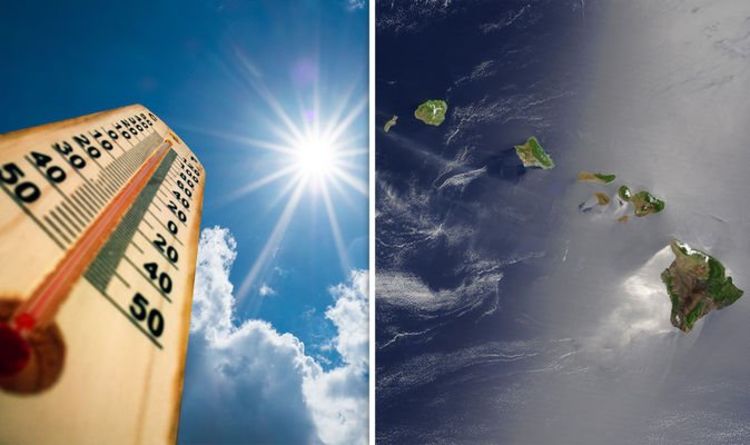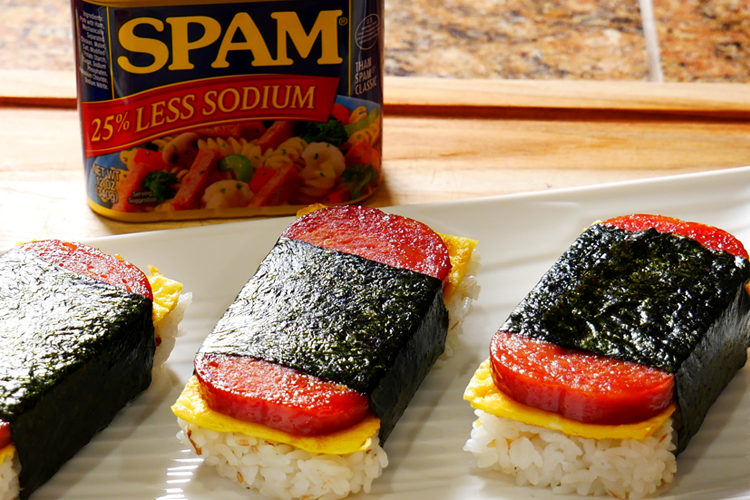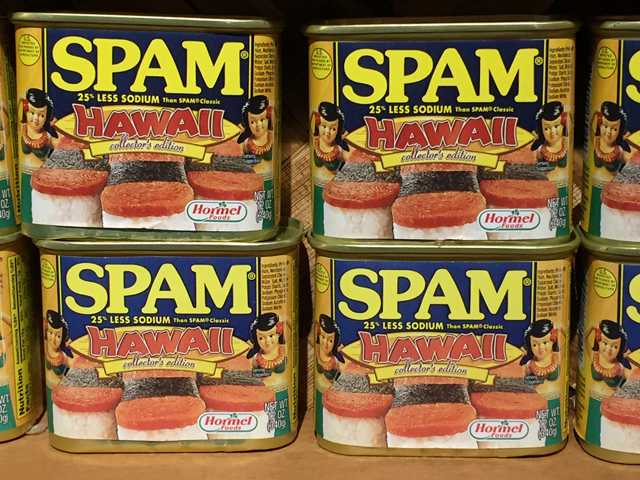Unraveling the Impact of Global Warming on Hawaii: A Paradise in Peril

Nestled in the vast expanse of the Pacific Ocean, the picturesque islands of Hawaii have long been a beacon of natural beauty and cultural heritage. Yet, this tropical paradise faces a looming threat – global warming. As the Earth’s climate continues to warm due to human activities, the Aloha State experiences a myriad of consequences, ranging from rising sea levels to changes in weather patterns and coral bleaching. This article delves into the multifaceted impacts of global warming on Hawaii, uncovering the profound challenges faced by its ecosystems, communities, and economy.
Hawaii’s idyllic coastal communities are on the front lines of the climate crisis. Rising sea levels exacerbate erosion and inundation, endangering homes, infrastructure, and cultural heritage sites. For residents of these vulnerable areas, the looming threat of displacement becomes an unsettling reality.
Hawaii’s coastal ecosystems, including coral reefs and wetlands, are under immense pressure due to rising sea levels. Coastal habitats face degradation, leading to loss of biodiversity, threatening native species, and disrupting the delicate balance of marine life.
Global warming has intensified ocean acidification, as oceans absorb excess carbon dioxide. The resulting chemical changes in seawater have dire consequences for Hawaii’s spectacular coral reefs. Corals struggle to build their calcium carbonate skeletons, leading to bleaching events and reef degradation.
Coral reefs are vital to Hawaii’s tourism-driven economy, attracting visitors with their vibrant marine life and recreational opportunities. The deterioration of these natural wonders poses a significant economic risk, impacting local businesses and livelihoods dependent on the tourist industry.
Global warming contributes to the intensification of tropical storms and hurricanes, exposing Hawaii to more frequent and severe weather events. The increasing threat of these natural disasters heightens the challenges of disaster preparedness and recovery for the island state.
Warmer temperatures in Hawaii lead to shifts in precipitation patterns, leading to prolonged droughts and water scarcity. These changes pose critical challenges to agriculture, drinking water supplies, and the overall health of Hawaii’s unique ecosystems.
To address the challenges posed by climate change, Hawaii is turning to adaptive agricultural practices. Initiatives such as sustainable water management, regenerative agriculture, and crop diversification hold promise for maintaining food security and sustainability.
Hawaii’s communities are actively engaged in developing and implementing adaptation strategies to combat the impacts of global warming. These efforts are rooted in local knowledge and practices, harnessing the power of community-based solutions.
Drawing on indigenous wisdom and traditional knowledge, Hawaiian communities are incorporating age-old practices that promote sustainable land and resource management. This cultural heritage fosters resilience in the face of environmental challenges.
Hawaii is also investing in energy-efficient technologies and practices to minimize its carbon footprint. From smart grids to energy-efficient buildings, these efforts support sustainability and climate resilience.
The specter of global warming casts a daunting shadow over the enchanting islands of Hawaii. Rising sea levels, ocean acidification, extreme weather events, and threats to agriculture pose significant challenges to the island’s ecosystems, communities, and economy. However, Hawaii’s resilience and commitment to adaptation and mitigation strategies offer hope for a sustainable future. By acknowledging the threats and acting collectively, Hawaii serves as a beacon of inspiration for the global community in the fight against the consequences of global warming.
Continuing to address the impacts of climate change, Hawaii is forging a path towards a more resilient and sustainable future for the Aloha State and the planet as a whole.
The Fascination with Spam: Unveiling Hawaii's Enduring Affair with the Iconic Canned Meat

In the picturesque archipelago of Hawaii, where azure waves meet golden shores and vibrant flora dances in the tropical breeze, lies a culinary phenomenon that has captured the hearts and taste buds of its residents: Spam. While seemingly peculiar to outsiders, the Hawaiian obsession with this canned meat delicacy runs deep and holds a unique place in the islands’ cultural fabric. This article delves into the rich history, cultural significance, and varied culinary applications of Spam in Hawaii, unraveling the enduring bond between the islands and this iconic food.
To comprehend the Hawaiian love affair with Spam, one must delve into its historical roots. Introduced to the islands during World War II, when the military presence surged, Spam became a reliable source of sustenance for soldiers. Its long shelf life, affordability, and versatility made it an ideal choice in a time of rationing. As soldiers shared their rations with locals, Spam ingrained itself in the collective memory of the Hawaiian people, becoming a symbol of resilience and unity.
Beyond its historical significance, Spam has evolved into a cultural icon in Hawaii. Its popularity stems from its ability to adapt and integrate into traditional Hawaiian cuisine, forging a unique fusion of flavors. From musubi, a delightful marriage of Spam and rice wrapped in seaweed, to Spam fried rice and Spam loco moco, a dish featuring rice, a hamburger patty, gravy, and a sunny-side-up egg, the local culinary scene thrives on Spam’s presence. Embraced by both locals and visitors alike, Spam symbolizes the diverse cultural influences that have shaped Hawaii over the years.
Hawaii’s obsession with Spam extends far beyond traditional dishes. The islands’ renowned chefs and home cooks have unleashed their creativity, experimenting with new and innovative ways to incorporate Spam into their culinary creations. From Spam-flavored macadamia nuts to Spam-infused sushi rolls, the possibilities seem endless. This culinary ingenuity not only showcases the versatility of Spam but also highlights the Hawaiian people’s ability to infuse their culture with a touch of playfulness.

To celebrate this beloved culinary staple, Hawaii hosts the annual Spam Jam festival, a vibrant extravaganza that brings together locals and visitors in a collective appreciation of all things Spam. Streets come alive with live music, vibrant performances, and an array of food stalls serving creative Spam-inspired dishes. This festive gathering embodies the spirit of Hawaii’s love affair with Spam, showcasing its enduring popularity and the profound impact it has on the islands’ cultural landscape.
While the fascination with Spam in Hawaii may seem perplexing at first glance, understanding its historical roots, cultural significance, and culinary adaptability sheds light on the enduring bond between the islands and this iconic canned meat. As Hawaii continues to celebrate its unique blend of cultures and traditions, Spam remains an integral part of the local identity, perpetuating a love affair that shows no signs of waning. So, the next time you visit the enchanting shores of Hawaii, don’t be surprised to find yourself captivated by the allure of Spam—a culinary romance unlike any other.
